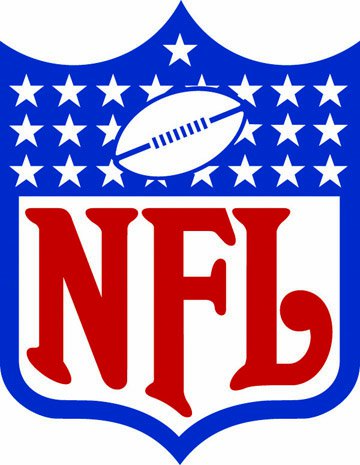We won’t get fooled again.
Unlike a year ago, when an early run on quarterbacks caught most NFL draft prognosticators flat-footed, most have now resigned themselves to the notion that the QB count might reach four before the first round is done Thursday night.
And the first two passers are already penned in.
Stanford’s Andrew Luck will be the No. 1 pick, by Indianapolis, and Washington will take Baylor’s Robert Griffin III second. It will be the first time quarterbacks have gone 1-2 in the draft since 1999.
The drama swirls around where Texas A&M’s Ryan Tannehill and Oklahoma State’s Brandon Weeden will go, especially with Cleveland and Miami sorely needing quarterbacks.
In the 2011 draft, shortly after Cam Newton was taken first by Carolina, there was an unexpected rush on the position, with Jake Locker going eighth to Tennessee, Blaine Gabbert 10th to Jacksonville, and Christian Ponder 12th to Minnesota.
“Because the salary cap is now friendly in the first round toward these quarterbacks, and because everyone is in a feeding frenzy to get one, guys’ values are getting pushed up,” NFL Network draft analyst Mike Mayock said.
Of course, much of a young quarterback’s success depends on where he’s drafted and the supporting cast that surrounds him. Last year, for instance, Texas Christian’s Andy Dalton slipped into the second round – even past quarterback-needy Seattle at No. 25 – before being taken by Cincinnati with the 35th pick. Dalton wound up being the find of the draft, leading the Bengals to the playoffs.
Fourteen of the Week 1 starting quarterbacks last season were drafted after the first round. However, most of the elite quarterbacks are snapped up quickly.
“It’s slim to get a quarterback late and expect him to be your franchise quarterback,” said quarterback specialist and former NFL coach Steve Mariucci, now an NFL Network analyst. “Are there exceptions? Of course: Tom Brady, Kurt Warner, Jeff Garcia, Jake Delhomme, Tony Romo …
“With quarterbacks, you can’t bank on drafting sleepers. You’ll end up getting fired.”
After Luck and Griffin are off the board, there isn’t likely to be a lot of waiting around for the next two quarterbacks, even if some evaluators believe there should be.
Much as he likes Tannehill’s work ethic and potential, Mayock said he doesn’t belong in the top 10 picks, and maybe not the top 20, yet he could go quickly – perhaps to Cleveland at four or Miami at eight. Mayock rates Weeden as a second-rounder, yet knows that he too might go much earlier.
After an initial surge, there could be a lull in the quarterback craziness. Mayock projects both Michigan State’s Kirk Cousins and Arizona State’s Brock Osweiler as third-rounders.
Tannehill is among the record 26 prospects who will attend the draft and watch from the green room at Radio City Music Hall. For the second consecutive year, the first round will be broadcast in prime time, starting at 8 p.m. EDT. The second and third rounds will take place Friday, starting at 7 p.m. The event concludes Saturday with Rounds 4-7, starting at noon.
The most intriguing aspect of Tannehill is he spent much of his college career as a receiver before switching back to quarterback midway through his junior year. So he got just one full season at quarterback, although that kind of limited action didn’t hurt the draft stock of Auburn’s Newton or USC’s Mark Sanchez, selected fifth overall by the New York Jets in 2009.
Not surprisingly, Tannehill sees his wideout experience as a plus.
“It helps me relate to receivers in a way that a lot of other guys can’t,” he said. “I’ve been in their shoes, I’ve run the routes, I’ve seen the adjustments, when you want the ball coming in and out of breaks. I learned a lot about playing quarterback through playing receiver.”
Weeden’s path to this point was even more roundabout. He was a pitcher selected in the second round of the 2002 Major League Baseball draft, the first selection of the New York Yankees. He spent time in the Los Angeles Dodgers’ and Kansas City Royals’ organizations before quitting baseball and enrolling at Oklahoma State in 2007.
“From a maturity standpoint, I’ve already been a pro,” Weeden, 28, said at the scouting combine. “That’s what I’ve been telling teams, and they agree with me. In baseball, it’s a game of failure. I’ve failed, and I’ve had some success, and I’ve kind of ridden the roller coaster.”
A different kind of roller coaster will tick-tick-tick its way to the top of the hill Thursday night, with all sorts of drops, dips and twists to follow.
Even for Luck and Griffin, the two players who know where they’re heading, there’s still some drama to come – or maybe feigned drama.
“I do happen to know where I’m going, but I’m still going to act as if when I hear my name called, ‘Oh! Yes! I got drafted!’ ” Griffin said.
“You want to soak up every moment of it, because it only happens once.”








